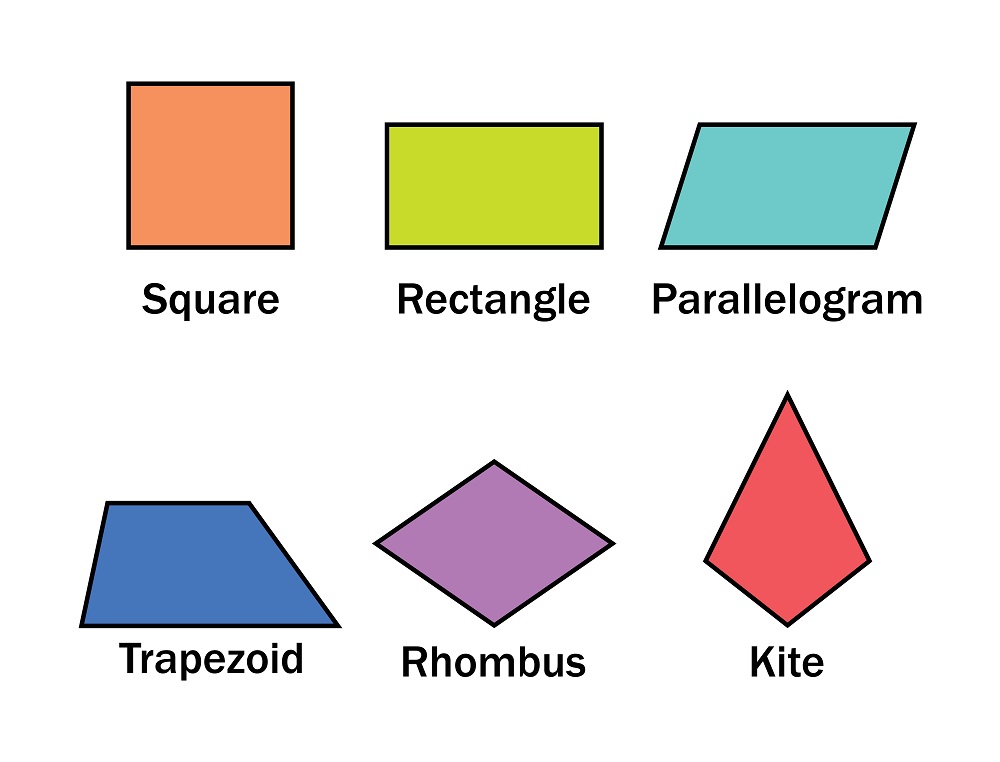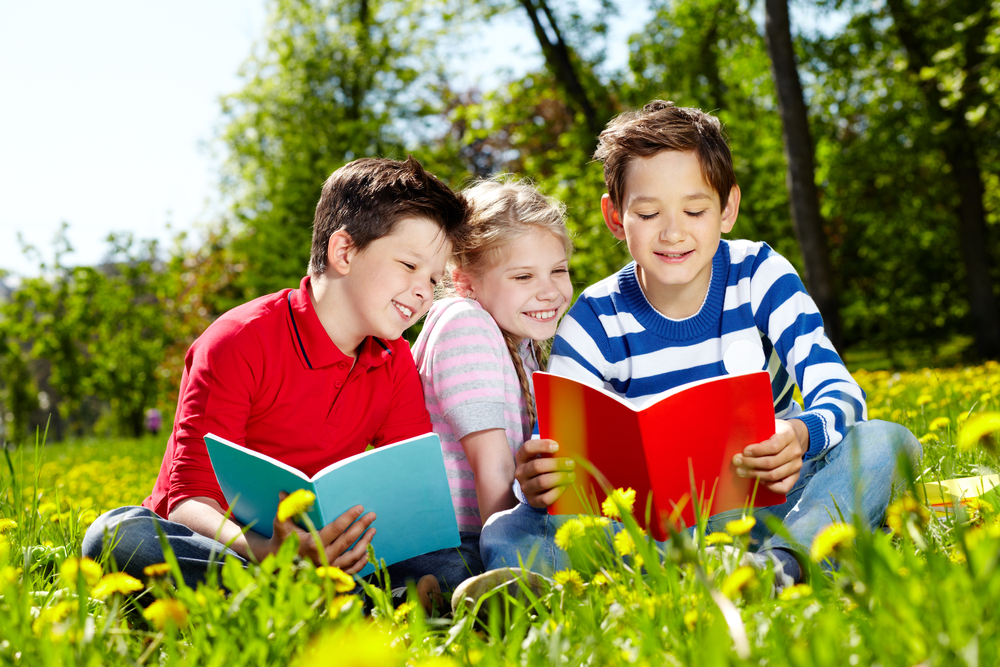Understanding pollination Math Worksheets for Ages 4-8
3 filtered results
-
From - To
Introduce the wonders of nature and improve math skills with our "Understanding Pollination Math Worksheets for Ages 4-8." These engaging worksheets combine fundamental math concepts like counting, addition, and patterns with captivating pollination topics. Children will enhance their numerical abilities while discovering the pivotal role pollinators play in ecosystems. Designed thoughtfully for young learners, these fun activities make learning enjoyable and accessible. Boost your child's math proficiency and nature knowledge with this innovative educational resource. Perfect for homeschoolers, classrooms, and extra practice, these worksheets foster a love for both mathematics and the environment. Explore, learn, and grow with "Understanding Pollination Math Worksheets!"
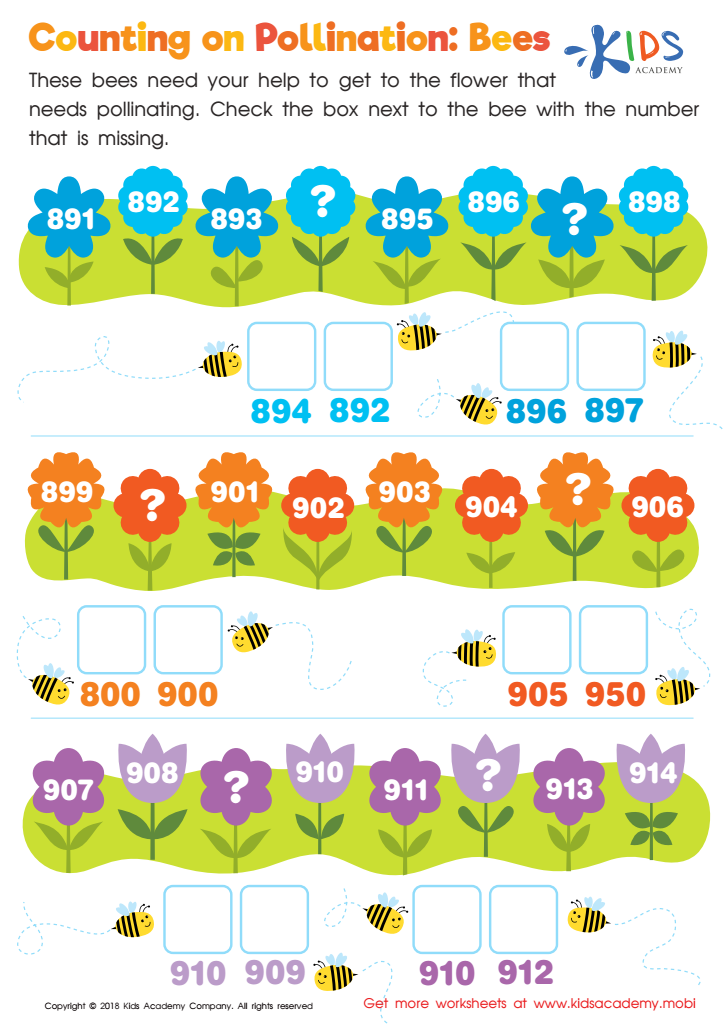

Counting on Pollination: Bees Worksheet
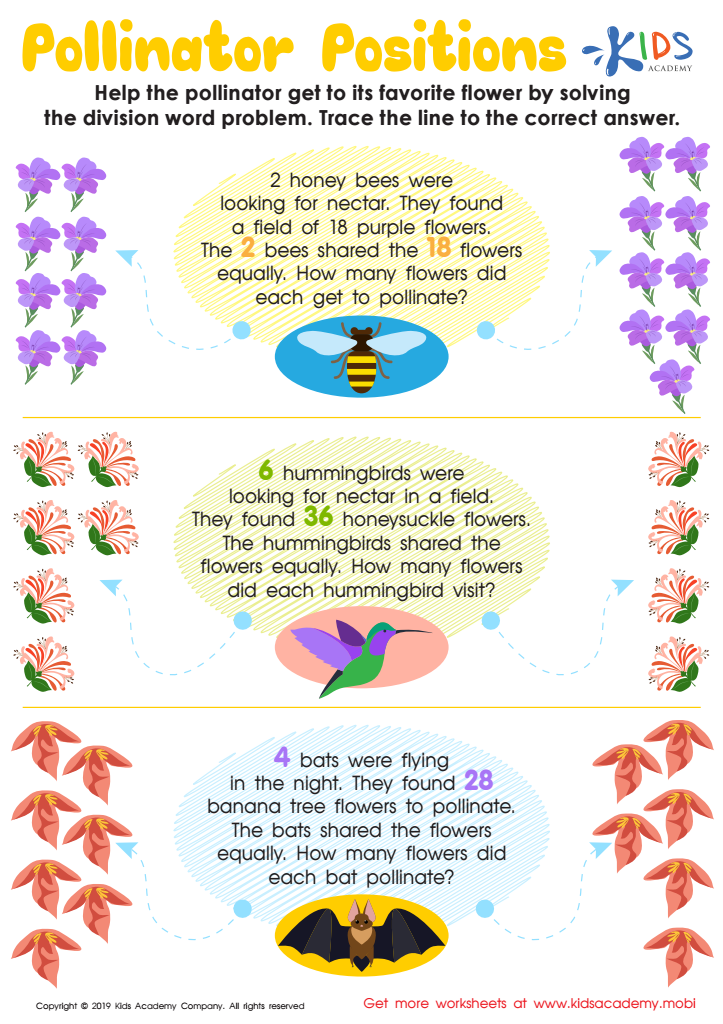

Pollinator Positions Worksheet
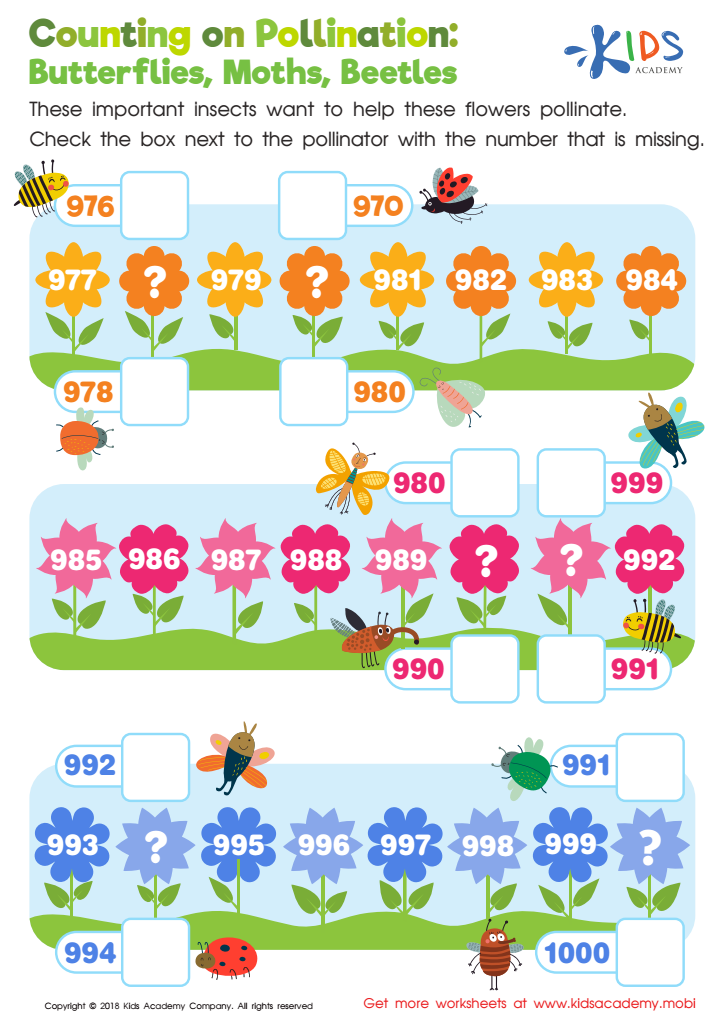

Counting on Pollination: Butterflies, Moths, Beetles Worksheet
Helping children ages 4-8 understand pollination and integrating it with basic math skills is incredibly beneficial. First, pollination lessons can make science tangible and engaging. Children learn about the environment and the crucial role pollinators play in food production, fostering an early appreciation for nature and a sense of responsibility towards preserving ecosystems.
By incorporating math into these lessons, we provide a multidimensional approach to learning. For example, counting the number of flowers visited by a bee or measuring the distance between flowers can make math practical and relevant, helping young learners to see its real-world applications. This integration also enhances cognitive development, as children use observation, data collection, and critical thinking skills.
Moreover, an experiential understanding of pollination through math activities fosters independent and collaborative problem-solving. It allows children to work in groups, increasing their social skills, communication, and patience.
Finally, instilling a basic understanding of such science concepts at an early age builds a strong foundation for future STEM education. Children equipped with these skills today are better prepared to tackle more complex subjects in their future academic journeys, helping them to become well-rounded, knowledgeable individuals.
In summary, intertwining pollination with math for young children cultivates an enriched learning experience that promotes scientific curiosity, practical math skills, and environmental stewardship.
 Assign to My Students
Assign to My Students


